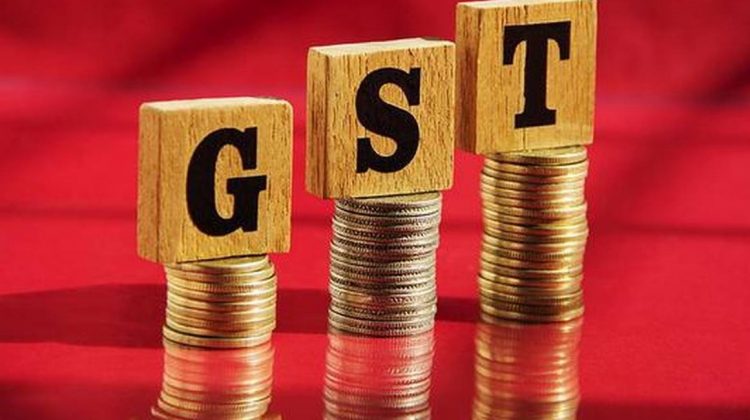
The Goods and Service Tax, often abbreviated as GST, was implemented in the country in 2017. The main idea behind the implementation of the GST was to bring all the indirect taxes under one head. However, ever since the inception of the GST, many revisions and changes have been thought of at the GST Council Meetings. These revisions are later enforced bypassing the GST Bills in the Parliament.
Some Major Changes Devised by the New GST Plan
Entry Limit for GST Registrations has been increased to Rs. 40 lakh
As per the latest changes in the GST Act, the entry limit for GST registration has been increased and the GST slabs lie from Rs.20 lakh to Rs. 40 lakh. Therefore, people who deal with goods and services need only to have a GST registration if their yearly turnover exceeds Rs. 40 lakh. However, this facility has some exemptions like the person cannot deal with any inter-state supply, and if the person is a non-resident taxpayer.
Entry Limit for Composition Scheme has been increased to Rs 1.5 crores
The existing entry-level limit for the composition scheme has been increased from Rs. 1 crore to Rs. 1.5 crores. In the case of the special category states, the threshold has been increased from Rs. 50 lakh to Rs. 75 lakh. In addition to these changes, the compliance burden has been substantially reduced on the taxable person as now they can file there GST return every quarter instead of a monthly basis.
Inter-State Suppliers can now avail the new scheme @6% interest
As per the new rules of GST, an Inter-State supplier will be charged with a 6% interest rate for their goods and services. The 6% interest rate will include 3% CGST and 3% for respective states. Therefore the suppliers who supply goods and services on the inter-state basis for Rs. 50 lakh can avail of the benefit of this scheme. Moreover, the supplier should also note that this scheme is only available if the aggregate turnover of the previous year does not exceed Rs. 50 lakh.
Read More: What is the minimum CIBIL score required for a plot loan?
Reduced GST rates for Real Estate Developers
The new changes implemented by the GST council has made the buying of a property a lot affordable. As per the new changes, the GST that has been recommended is 1% for affordable houses and 5% in other cases. The real-estate developers are given the benefit of paying taxes at the old interest rate for ongoing projects, which are started before 1st April 2019 and are not completed within 31st March 2019.
Benefits of Input Tax Credit to Banks and Financial Institutions
The latest changes implemented by GST will give the bank and the financial institution the option to avail up to 50% input tax credit on capital goods and services. This option will, however, be applicable from the new financial year after its implementation. The implementation of this unique benefit will provide an added advantage to the banks and other financial institutions.
Conclude
GST has restructured the old rules and regulations by implementing some significant changes to make the economy more flexible for both traders and buyers. Going through some of these significant changes and moves made by the central government will help you to keep up with the new rules and regulations of the economic system.


[…] Read More: New rules devised about GST […]